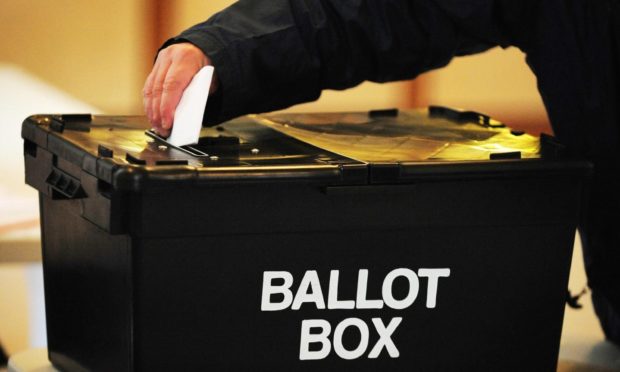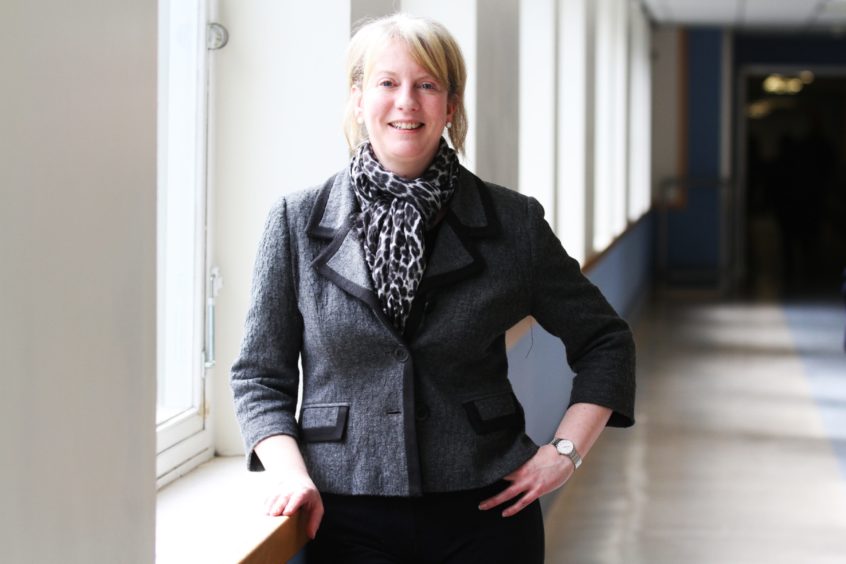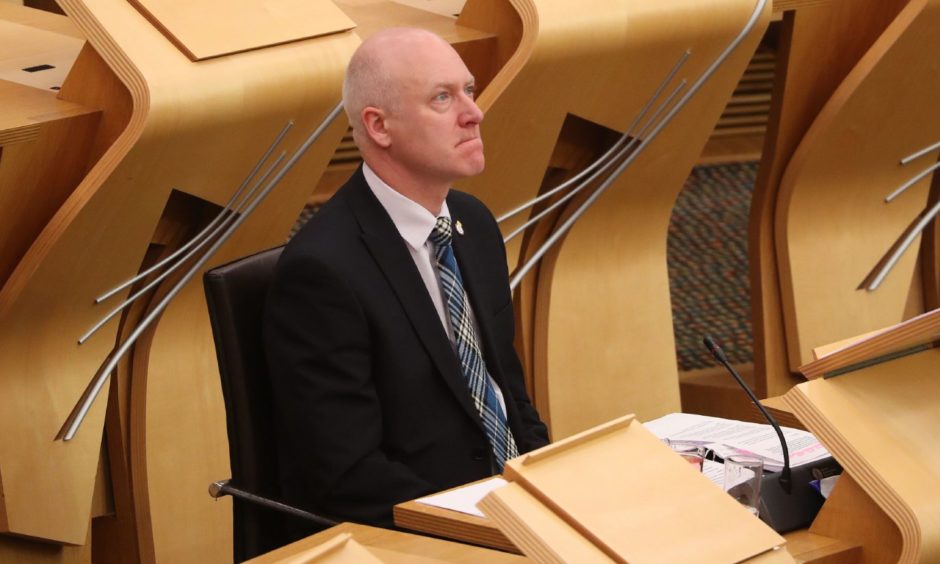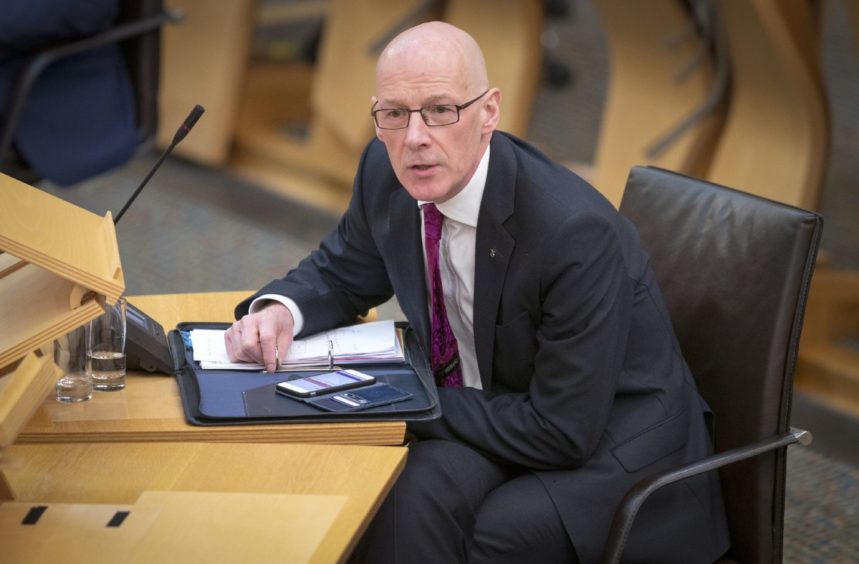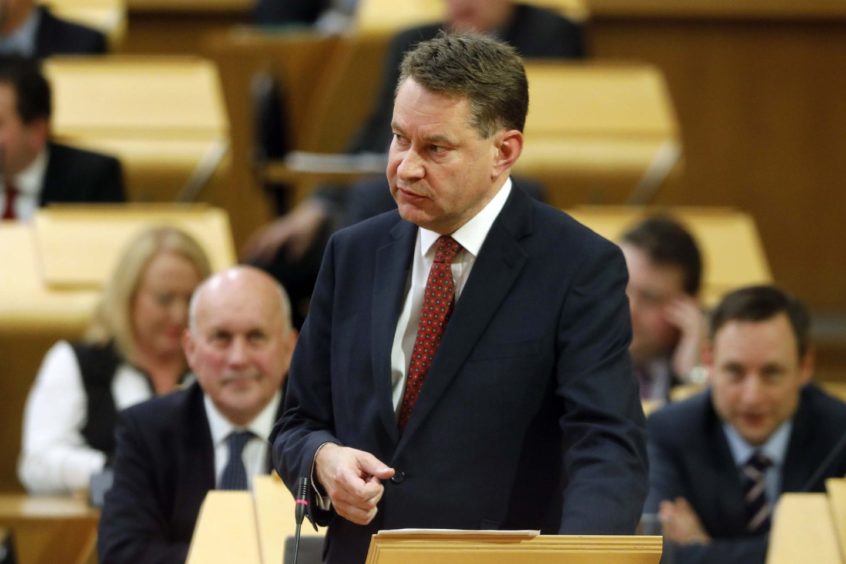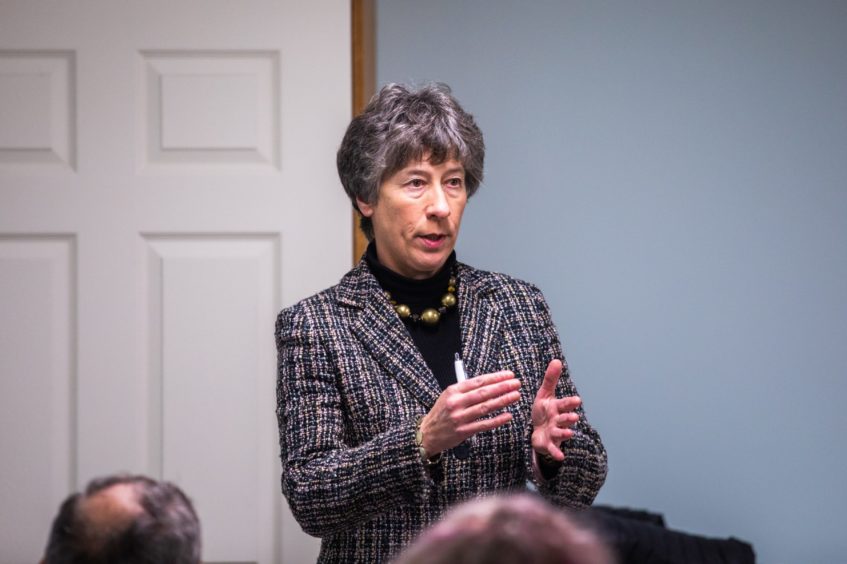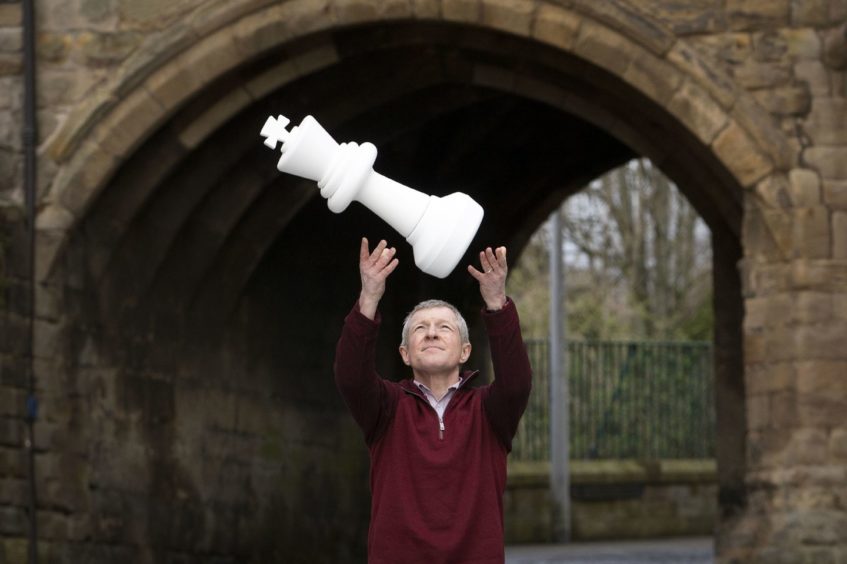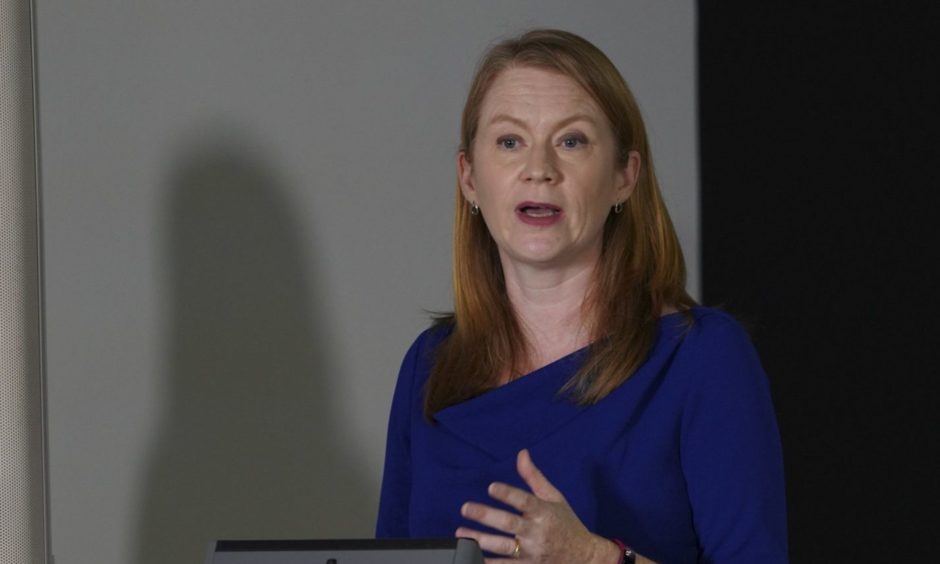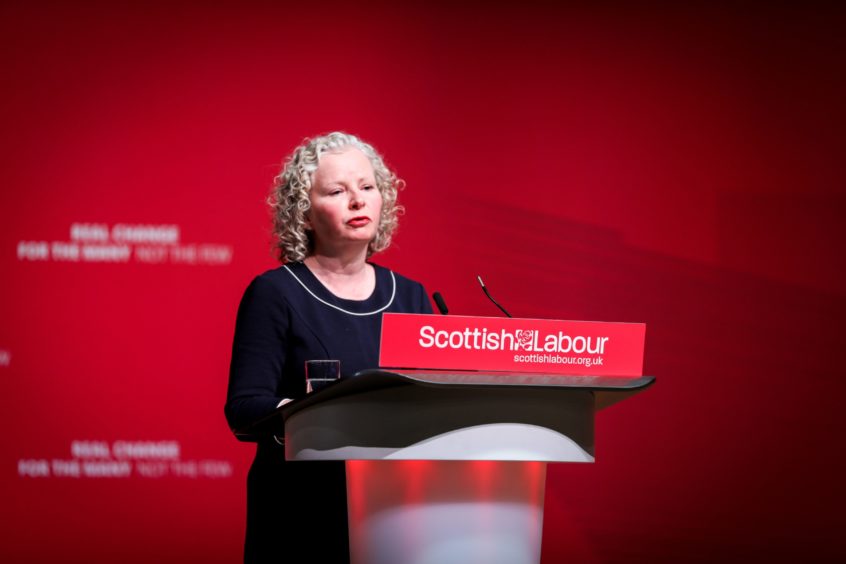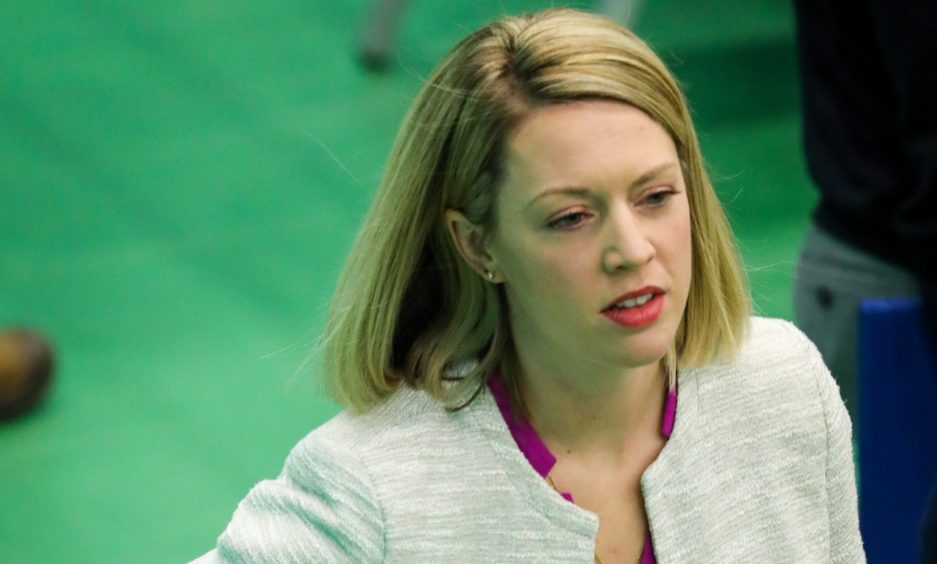Figures might suggest Courier country constituency seats are a “done deal”, but there is nothing stranger in this world than people.
And, after all, isn’t that what politics is all about?
We take a look at how the election fight is set to pan out across Dundee, Fife, Angus and Perth, using exclusive figures supplied to us by Survation, in one of Scotland’s largest-ever polling exercises.
The numbers might suggest it’s done and dusted but will the way some of the MSPs have worked, like those who have served in cabinet before getting sacked, have a bearing on how things pan out?
Dundee as example
Dundee has always been relatively predictable in how it will vote in the constituencies. In Dundee City East Shona Robison has only lost one election – the inaugural vote in 1999, which went to Labour (the constituency then known as Dundee East until 2011).
In Dundee City West (formally Dundee West) Joe FitzPatrick gained the seat for the nationalists in 2007, holding since.
With the exception of his victory in 2016 and the first Scottish parliament election in 1999, turnout in the constituency has never been more than 50%.
Our polling shows neither incumbent is likely to lose in Dundee City East and West.
Around 60% of voters in Dundee (both East and West) think the Scottish Government has handled the coronavirus pandemic well, with 67% overall approval in the North East region as a whole.
Only 20% of voters in Dundee would consider voting for another party, while 39% of Dundonians feel the SNP “represents people like them”.
For Labour, that figure stands at 14% and the Conservatives 12%.
In Dundee, 59% of people asked said they would use their first, constituency, vote for the SNP. Only in Angus is support for the party stronger, which returned a 69% result.
People or numbers?
But politics is as much about people as it is polling and percentages.
Surprises should still be expected between now and May 6 and even those in safe seats can expect a few barbs sent their way.
Take Dundee City West, for example. Joe FitzPatrick, who until the end of 2020 served as minister for public health in the Scottish Government, with responsibility for tackling the drugs crisis that has a vice-like grip in Dundee.
Between his appointment in 2018 and Mr FitzPatrick’s sacking/removal/resignation in December 2020, 212 people died in Dundee of overdose or drug-related harm. The highest rate in Scotland, a country that sadly holds the unwanted title of having the highest drug death rate in the world.
Opposition candidates will likely target this. Restore Scotland member Ewan Gurr said he chose to stand in Dundee City West precisely because of Mr FitzPatrick’s “invisible man” performance.
Similarly, Ms Robison served as health secretary until 2018, in which time NHS Tayside was placed in special measures and a number of scandals were uncovered, including one where the board used money from charitable donations to pay for computer equipment in 2014, dubbed by auditors as “misrepresenting”.
Although not directly responsible for the actions of the NHS board, that it happened under “her watch” within the last parliament was still enough for Ms Robison to be allowed to resign.
Again, expect opposition would-be MSPs to use these factors in the run-up to the vote.
Perth close?
According to our polling, the closest battle for constituency seats will be in Perthshire.
John Swinney, deputy first minister and education secretary, will contest again the Perthshire North seat.
Mr Swinney has held the seat, in one form or another (formally North Tayside) since 1999.
Similarly to his Dundee SNP colleagues, Mr Swinney has served in Ms Sturgeon’s cabinet, most latterly as education secretary.
During his tenure, he has seen off a vote of no confidence not once but twice, in both his position as deputy first minister and head of education.
This is despite the attainment gap remaining relatively wide and figures showing a slump in Scottish educational standards. Mr Swinney, of course, was drafted in to change Scottish education following the 2016 election.
In 2011, he won with more than 48% of the vote, with closest contender Murdo Fraser enjoying a 12.5% swing in his favour.
Turnout in Perthshire North is relatively high, at 62.7% in 2016. For Mr Fraser to stand a chance of winning the constituency outright (he is almost guaranteed a seat, as top of the Tories’ regional list for Mid Scotland and Fife) Labour and Lib Dem votes — few and far between in the seat — will need to go in his favour.
Perthshire South and Kinross-shire will be contested for the first time without Roseanna Cunningham, who retires having served as the MSP for Perth then Perthshire South and Kinross-shire since 1999.
It will be the first time in almost 15 years Conservative Liz Smith has not competed for the seat against Ms Cunningham.
Newcomer Jim Fairlie, whose father Jim was an SNP national executive member in the 70s, will compete for the nationalists.
Again, Ms Smith will hope to take votes from Labour and the Lib Dems to overturn the SNP majority, and as second on the Conservative list, will still likely win a seat in May regardless.
Angus, North and South
Angus was a single constituency until 2011, and since 1999 has returned SNP members to the Scottish Parliament.
The SNP has held the North seat since its creation in 2011. Incumbent Mairi Gougeon (previously Evans) currently holds the position of minister for public health (without the drugs portfolio) in Nicola Sturgeon’s government.
In the South, Graeme Dey has held the seat since 2011, following the constituency split.
Mr Dey, the minister for parliamentary business responsible (among other things) for setting the election coronavirus campaign rules, was uncovered by us to have flouted his own rules.
Polling suggests the SNP will hold the constituency seats, although the Conservatives have increased their vote share in each – by 11% in the North and more than 15% in the South in 2016.
North East Fife
While nowhere near as exciting to watch as its Westminster cousin in recent years, North East Fife constituency will be watched as closely as ever this May.
Whereas the SNP won by only two votes in 2017, the Lib Dems regained the seat slightly more comfortably (if a majority of just more than 1,300 can be called secure).
Like Westminster, the constituency has been a mainly Lib Dem one, with only the SNP having won the seat since the formation of the Holyrood parliament (in 2011).
The Lib Dem leader, Willie Rennie, will again contest the constituency, having enjoyed a more than 15% increase in party vote share in 2016.
Mr Rennie will be counting on North East Fife’s inherent liberalism and his own willingness to put himself “out there” to swing the election in his favour.
The Famous Fife
Cowdenbeath constituency will see another tussle between Labour’s Alex Rowley and the incumbent, Annabelle Ewing (daughter of SNP grandee Winnie).
Both Dunfermline and Kirkcaldy incumbents Shirley-Anne Somerville and David Torrance faced internal battles ahead of this year’s election.
Each managed to comfortably beat their party rivals earlier this year to secure their place on each constituency ballot.
The seat has flipped between the SNP and Labour since 2011 (including a by-election in 2013 won by Labour). Ms Somerville retained a majority of more than 4,500 in 2016.
David Torrance and Labour’s Claire Baker will again compete for the Kirkcaldy seat. Mr Torrance had a majority of fewer than 200 in the 2011 election, which increased to a comfortable 7,395 in 2016.
The SNP has retained Mid Scotland and Fife since 2011, first under former Presiding Officer of the Scottish Parliament Tricia Marwick and then Jenny Gilruth.
Ms Gilruth retained almost 55% of the vote in 2016, with a majority of more than 8,200.
Regionally speaking
Interestingly, the North East regional area covers Scotland’s third and fourth cities (argue among yourselves which is which).
According to polls, the SNP are more likely to receive a list vote from voters in Dundee and Angus.
The Tories were second-most likely to be given a regional vote in Angus, while Dundee swings still towards Labour.
Perth and Fife make up the Mid Scotland and Fife regional area.
In Perth, the regional vote is neck and neck between the Tories and the SNP. As such, if the nationalists are set to win in each constituency, given their place on the party list both Murdo Fraser and Liz Smith will realistically return to Holyrood.
Similarly, Labour’s top list candidate, Michael Marra, should be returned, along with the Conservatives’ Liam Kerr.
